What you’ll learn:
- Tirzepatide and semaglutide have a lot in common when it comes to side effects, but there are a few notable differences in how often certain symptoms occur between the two.
- Most side effects appear during the first few months or after dose increases, and many improve as your body adjusts.
- Because personal tolerance varies widely, the “better” option for you often depends more on your own experience than on the medication itself.
Tirzepatide and semaglutide are the active ingredients in two of the most talked-about prescription weight-loss medications today: Wegovy® (semaglutide) and Zepbound® (tirzepatide). Both have been shown to support significant weight loss. But beyond the question of “Which works better?” many people want to know: “Which will I tolerate better?” For some, side effects can be the deciding factor.
If you’ve searched for “tirzepatide side effects” or “semaglutide side effects,” you’ve probably noticed similar lists: nausea, vomiting, constipation, diarrhea, and occasional fatigue. Both medications can also cause less common but more serious issues, such as pancreatitis.
You might also see people discussing possible changes in skin elasticity (Ozempic face), hair loss, fertility shifts, or mood changes. Some of these have more evidence than others, and part of this article’s goal is to sort through what’s backed by research and what’s anecdotal.
We’ll break down what the data says about the most common side effects, highlight where the two medications differ, and touch on the unofficial ones people talk about online—so you can go into your doctor’s office with a clearer picture of what to expect.
Semaglutide and tirzepatide: The medications
First, let’s take a look at the medications that contain these active ingredients. Each drug is FDA-approved for different uses under several brand names. Here’s a side-by-side look at each one and typical monthly costs without insurance:
| Active ingredient | Brand name and use | Cost per month (without insurance |
|---|---|---|
| Tirzepatide | Zepbound®: FDA-approved for weight loss and obstructive sleep apnea (OSA). Mounjaro®: type 2 diabetes, off-label weight loss | Zepbound®: Pens: $1,087 Vials: $349 (2.5 mg) $499 (5 mg, 7.5 mg, 10 mg, 12.5 mg, 15 mg) Learn more Mounjaro®: $1,080 Learn more |
| Semaglutide | Wegovy®: FDA-approved for weight loss and heart disease Ozempic®: type 2 diabetes, off-label weight loss Rybelsus®: oral form for type 2 diabetes, off-label weight loss | Wegovy®: $1,350$499 (through NovoCare Pharmacy) Learn more Ozempic®: $998 Learn more Rybelsus®: $998 Learn more |
Semaglutide vs. tirzepatide: How do they work and why do they cause side effects?
To understand why these medications cause side effects, it helps to understand how they work. Semaglutide and tirzepatide are both designed to mimic hormones that your body already makes. These hormones play a big role in regulating blood sugar and appetite. Let’s take a look at how these actions can cause uncomfortable side effects.
Semaglutide mimics the GLP-1 hormone (glucagon-like peptide-1) and activates GLP-1 receptors found throughout the body, which helps lower appetite, slow digestion, and regulate blood sugar. These actions can help you lose weight, but they can also lead to nausea, vomiting, constipation, or fatigue, especially when your body is adjusting to treatment.
Tirzepatide activates both GLP-1 and GIP (glucose-dependent insulinotropic polypeptide) receptors. GIP works alongside GLP-1 to boost insulin release, support fat metabolism, and may further enhance feelings of fullness—without causing as much nausea on its own. In fact, some research suggests GIP activation may help buffer some of GLP-1’s gut-related side effects. However, because tirzepatide still activates GLP-1 receptors, GI symptoms can occur—especially at higher doses.
While tirzepatide’s dual action may contribute to stronger weight-loss outcomes compared to semaglutide, side effects for both medications depend on the dose.
Dosing schedules are designed to minimize side effects
Tirzepatide and semaglutide both follow a gradual, step-up dosing schedule to help reduce side effects. Starting low and increasing slowly gives your body time to adjust. If you’re doing well and seeing results at a lower dose, you and your provider may decide to stay there rather than move up.
Rx weight loss, the right way, with Noom
Get access to prescription weight loss medication with Noom.Semaglutide vs. tirzepatide: Common side effects and differences
Because both tirzepatide and semaglutide work in similar ways—slowing digestion, regulating appetite, and affecting blood sugar—they tend to cause the same types of side effects, especially in the digestive category. The main difference isn’t which symptoms can occur, but how often they happen.
Below is a breakdown of some of the most common side effects from a study that directly compared Wegovy® (semaglutide) and Zepbound® (tirzepatide). We’ve also included standard tips that may help make these symptoms easier to manage.
Gastrointestinal issues
Digestive side effects are among the most common changes people notice when starting tirzepatide or semaglutide. These can be more frequent during the first few months or when increasing your dose.
Both medications share a similar side effect profile—especially when it comes to digestion—but there are a few notable differences. Tirzepatide and semaglutide shared similar rates for nausea, diarrhea, abdominal pain, and dyspepsia, but semaglutide had higher rates of vomiting, constipation, and GERD. Here’s a look:
| Symptom | Semaglutide (Wegovy® 1.7–2.4 mg) | Tirzepatide (Zepbound® 10–15 mg) | What can help |
|---|---|---|---|
| Nausea | 44% | 44% | Avoid greasy, spicy, or heavy foods to ease nausea. |
| Vomiting | 21% | 15% | Stick to bland foods and sip fluids slowly until symptoms pass. |
| Diarrhea | 23% | 24% | Focus on hydration and eat easy-to-digest, low-fiber foods. |
| Constipation | 29% | 27% | Add fiber gradually, stay hydrated, and have regular physical activity. |
| Abdominal pain | 7% | 6% | Rest your stomach with light liquids and eat smaller portions. |
| Dyspepsia | 7% | 6% | Try smaller meals and stay upright after eating to reduce discomfort. |
| Gastroesophageal reflux disease (GERD) | 11% | 6% | Avoid late meals, elevate your head during sleep, and limit acidic and fatty foods. |
- Nausea: This is the most common side effect for both medications, affecting about 44% of people.
- Diarrhea: This occurs at nearly the same rate with both drugs, 23% for semaglutide and 24% for tirzepatide.
- Other milder issues: Abdominal pain or dyspepsia (indigestion) can happen with either medication, though they are less common overall.
More common with semaglutide:
- Vomiting: This occurs more often with semaglutide, affecting 21% of people compared to 15% with tirzepatide.
- Constipation: This is reported slightly more often with semaglutide, at 29% versus 27% with tirzepatide.
- GERD (acid reflux): This is also more common with semaglutide, affecting 11% of people compared to 6% with tirzepatide.
Other symptoms
Along with digestive changes, people taking tirzepatide or semaglutide in the study experienced other side effects, like fatigue, dizziness, headache, and injection site reactions. Fatigue was slightly more likely with semaglutide, while injection site reactions were reported more with tirzepatide.
| Symptom | Semaglutide (Wegovy® 1.7–2.4 mg) | Tirzepatide (Zepbound® 10–15 mg) | What can help |
|---|---|---|---|
| Fatigue | 12% | 10% | Prioritize good sleep and light daily movement to support energy. |
| Dizziness | 5% | 6% | Get up slowly and stay hydrated to help prevent lightheadedness. |
| Headache | 7% | 7% | Drink enough water and limit screen time to reduce headache risk. |
| Injection site reaction | <1% | 9% | Rotate injection sites regularly and avoid rubbing the area to help reduce irritation. |
Other potential side effects of tirzepatide and semaglutide
Some side effects people talk about aren’t officially listed in medication guides, but have been mentioned in clinical observations and by people sharing their experiences. These symptoms seem to be related more to weight loss itself or other personal health factors than to the medication directly.
Muscle loss or reduced muscle tone
This isn’t a direct effect of the medication, but losing weight quickly without enough protein or strength training can lead to muscle loss.
- What to do: Include plenty of protein in your meals and try resistance training to help maintain muscle mass.
Loss of facial skin tone
Some people notice their face looks slimmer or more hollow, a condition sometimes called “Ozempic face.” This is due to a loss of facial fat during weight loss and can happen with any significant weight reduction, not just GLP-1 medications.
- What to do: Stay hydrated and talk with your provider about pacing your weight loss to help minimize changes.
Feeling cold more often
A lower calorie intake and reduced body fat can make it harder for your body to hold warmth.
- What to do: Stay active during the day to support circulation and wear layers when needed.
Hair loss
Some people have reported increased hair shedding or alopecia during weight loss, which may be linked to rapid weight loss and a decrease in protein intake, with possible nutrient deficiencies making it worse.
- What to do: Eat a balanced diet with enough protein, vitamins, and minerals, and check in with your provider if shedding continues or worsens.
Mood changes or depression
Some people report emotional shifts while taking these medications, though the FDA hasn’t confirmed a direct link. Changes may be tied to weight loss, hormonal shifts, or other personal factors.
- What to do: Check in with your provider if your mood changes. If you’re in crisis or need immediate emotional support, call or text the Suicide & Crisis Lifeline at 988.
Insomnia
There’s no confirmed link between GLP-1 use and sleep issues, but some people notice difficulty sleeping, especially during dose changes.
What to do: Avoid caffeine late in the day, keep a regular bedtime, and limit screen time before sleep.
Do females experience different side effects with tirzepatide and semaglutide?
Neither tirzepatide nor semaglutide causes side effects according to the official prescribing information that are exclusive to females, but hormonal shifts and weight loss-related changes can affect how the medication is experienced.
Here’s what we know:
- Females may experience stronger GI effects: Research suggests that females may be more likely than males to experience certain gastrointestinal side effects with GLP-1 medications like semaglutide and tirzepatide.
- The menstrual cycle could change: Both tirzepatide and semaglutide may help regulate cycles by improving insulin resistance and supporting weight loss. This can also be a big benefit for people with polycystic ovary syndrome (PCOS).
- Fertility may improve: Along with menstrual cycle changes, some women report more regular ovulation, making pregnancy more likely. Both medications should be stopped two months before trying to conceive.
- Could affect oral birth control: Since GLP-1 medications can slow digestion, they may affect how oral birth control pills are absorbed. Consult with your doctor if you take oral birth control.
Severe side effects and warnings
While severe side effects are rare, both semaglutide and tirzepatide carry similar risks that are important to be aware of. There are no major differences in severe reactions between the two medications.
Here’s what to watch out for. Always get emergency medical attention if you experience signs of these conditions:
- Pancreatitis: Signs include sharp or intense stomach pain that may radiate to your back, often accompanied by nausea or vomiting.
- Kidney problems: Ongoing vomiting or diarrhea can lead to dehydration, which may strain your kidneys, leading to symptoms like swelling, fatigue, or reduced urination.
- Gallbladder issues: Be alert for pain in the upper right abdomen, jaundice, fever, or pale stools.
- Low blood sugar (hypoglycemia): Low blood sugar is more likely if one also takes insulin or sulfonylureas. Look for shakiness, confusion, dizziness, or sweating.
- Vision changes: Sudden eyesight shifts, especially in people with type 2 diabetes, could signal vision issues.
- Allergic reactions: Look out for swelling of the face, lips, or throat, difficulty breathing, a rash, or severe itching.
- Thyroid tumors: Both semaglutide and tirzepatide come with an FDA boxed warning about a potential risk of thyroid C-cell tumors, based on animal studies. It’s not known if this applies to humans.
If anything feels off or you’re experiencing symptoms that concern you, contact your healthcare provider or seek medical care immediately.
How much weight can you lose taking semaglutide vs. tirzepatide?
A study found that after one year, the average weight loss was higher with tirzepatide:
- Tirzepatide: 15%
- Semaglutide: 8%
Results can vary based on factors like medication dose, individual response, and the lifestyle changes you make alongside treatment. While these medications can help speed up weight loss, long-term success depends on healthy habits you can stick with over time.
How long does it take to see results?
Short-term progress varies, but on average, people in the study began seeing measurable changes as early as three months. By one year, weight loss outcomes were significantly more noticeable, especially for those on tirzepatide.
| Timeframe | Tirzepatide (avg. weight loss) | Semaglutide (avg. weight loss) |
|---|---|---|
| 3 months | 6% | 4% |
| 6 months | 10% | 6% |
| 12 months | 15% | 8% |
Who can (and can’t) take semaglutide or tirzepatide for weight loss?
In general, semaglutide (Wegovy®) and tirzepatide (Zepbound®) are FDA-approved for weight loss in people with:
- A BMI of 30 or higher, or
- A BMI of 27 or higher with at least one weight-related condition, like type 2 diabetes or high blood pressure
Each medication also has additional FDA-approved uses beyond weight loss:
- Wegovy® is also approved to reduce the risk of major cardiovascular events like heart attack and stroke in adults with cardiovascular disease.
- Zepbound® is approved to support weight loss in adults with obstructive sleep apnea (OSA).
Off-label prescribing is also common. Healthcare providers may prescribe Ozempic® (semaglutide) or Mounjaro® (tirzepatide), both approved for type 2 diabetes, to support weight loss when appropriate.
Who can’t take semaglutide or tirzepatide?
GLP-1 medications like semaglutide and tirzepatide can be helpful for many people, but they’re not suitable for everyone. You need to avoid semaglutide or tirzepatide if:
- You or a close family member has had medullary thyroid cancer or MEN 2, a rare genetic disorder.
- You’ve had a severe allergic reaction to this type of medication or its ingredients.
- You’re pregnant, breastfeeding, or planning to become pregnant (you’ll need to stop GLP-1s at least 2 months before trying to conceive).
Make sure to talk to your doctor about certain conditions before taking either, including:
- A history of pancreatitis or if you are at higher risk for it.
- Other medical conditions, like kidney disease, liver disease, or certain digestive disorders.
Will you need to take semaglutide or tirzepatide forever?
Not necessarily, but how long you stay on the medication depends on your goals, your health, and how your body responds. People may choose to stop taking their GLP-1 medication for several reasons, such as:
- Reaching a target weight
- Experiencing side effects or fatigue from injections
- Wanting to get pregnant
- Managing costs or insurance changes
What happens when you stop?
Once you come off a GLP-1 medication like semaglutide or tirzepatide, your body may go through a few changes. These medications work by adjusting appetite, digestion, and blood sugar regulation, so when that support is removed, those systems can shift back quickly.
Here’s what you might notice:
- Increased hunger and cravings: Your appetite may come back stronger, especially if you’ve been relying on the medication for fullness cues.
- Slower weight loss or weight regain: Without the medication’s help, it can be harder to keep the weight off, especially without strong lifestyle habits in place.
- Blood sugar changes: If you were using the medication for diabetes or insulin resistance, you might see blood sugar spikes or dips.
- Return of old habits: Some people notice past eating patterns creep back, especially during stressful periods.
- Relief from side effects: Nausea, fatigue, or GI issues you experienced on the medication often fade once you stop.
Tapering off gradually with your healthcare provider’s guidance can make the transition easier. And remember: you’ll have a better chance of maintaining results if you shift your diet and habits along the way. That’s where a structured program like Noom can make all the difference, offering guidance, accountability, and strategies that last beyond medication.
The bottom line: Which one has the most side effects?
Overall, tirzepatide and semaglutide share a very similar side effect profile, particularly for digestive issues like nausea, diarrhea, abdominal pain, and dyspepsia. But semaglutide was linked to slightly higher rates of vomiting, constipation, GERD, and fatigue, while tirzepatide was more likely to cause injection site reactions.
That means there’s no clear “winner” when it comes to having fewer side effects—the differences are relatively small and often come down to how your body responds. What matters most is finding the medication that best fits your health goals, tolerability, and lifestyle.
If you qualify for Noom Med, your clinician will help find the right medication for you and prescribe it if needed. Then, they’ll help you navigate the side effects, provide personalized care, and design a weight loss plan that works for you.
Note: Ozempic®, Rybelsus®, and Mounjaro® are not FDA-approved to treat obesity or for weight loss.
Why you can trust us
At Noom, we’re committed to providing health information that’s grounded in reliable science and expert review. Our content is created with the support of qualified professionals and based on well-established research from trusted medical and scientific organizations. Learn more about the experts behind our content on our Health Expert Team page.



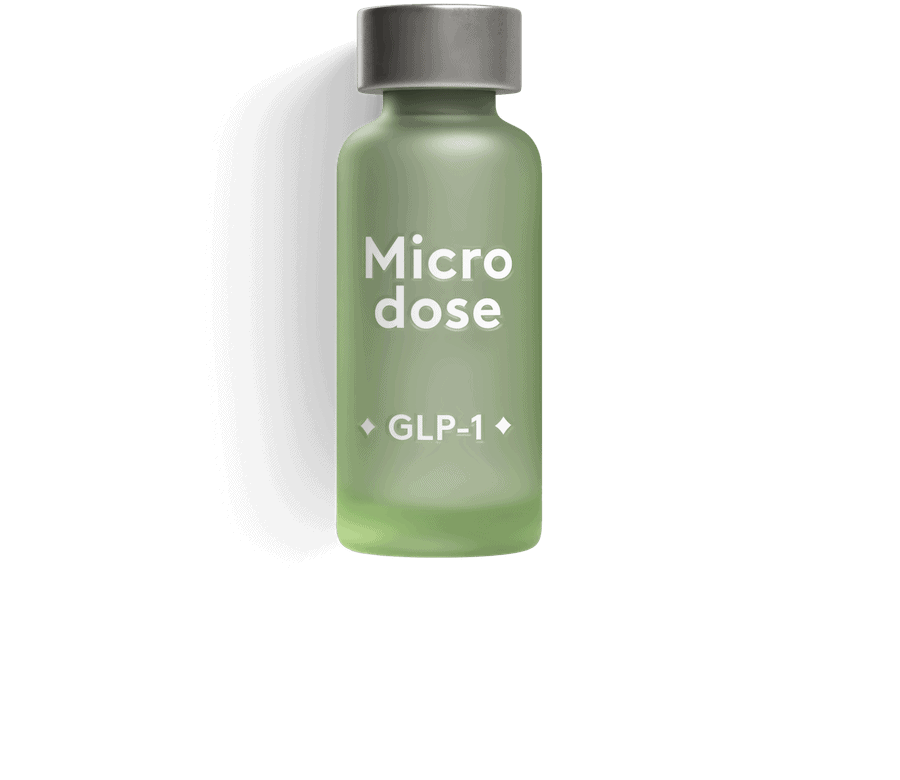
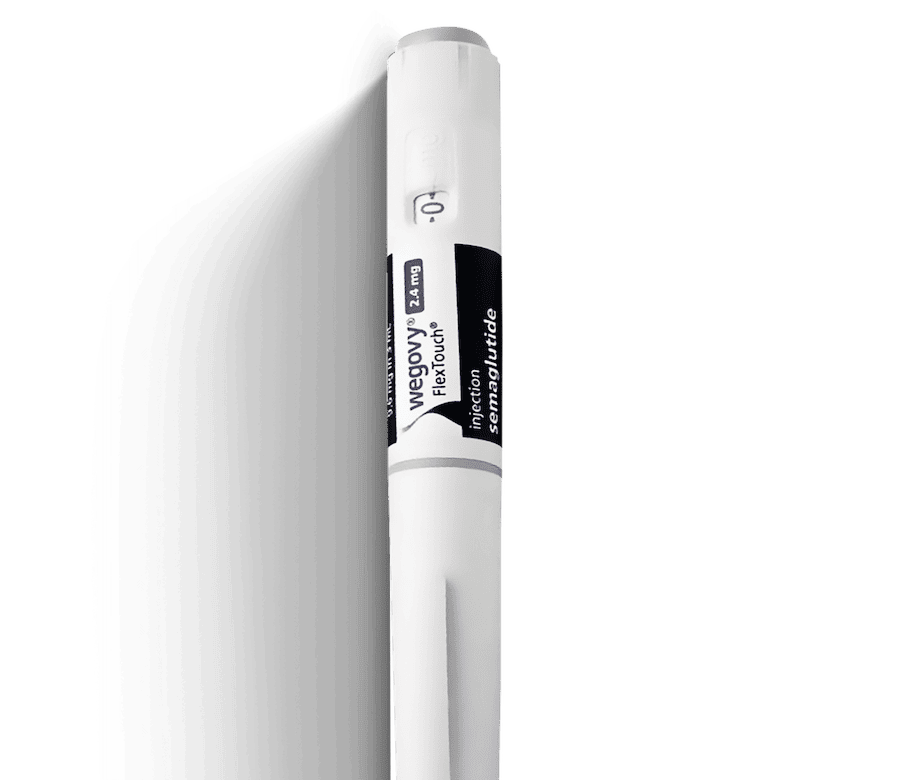
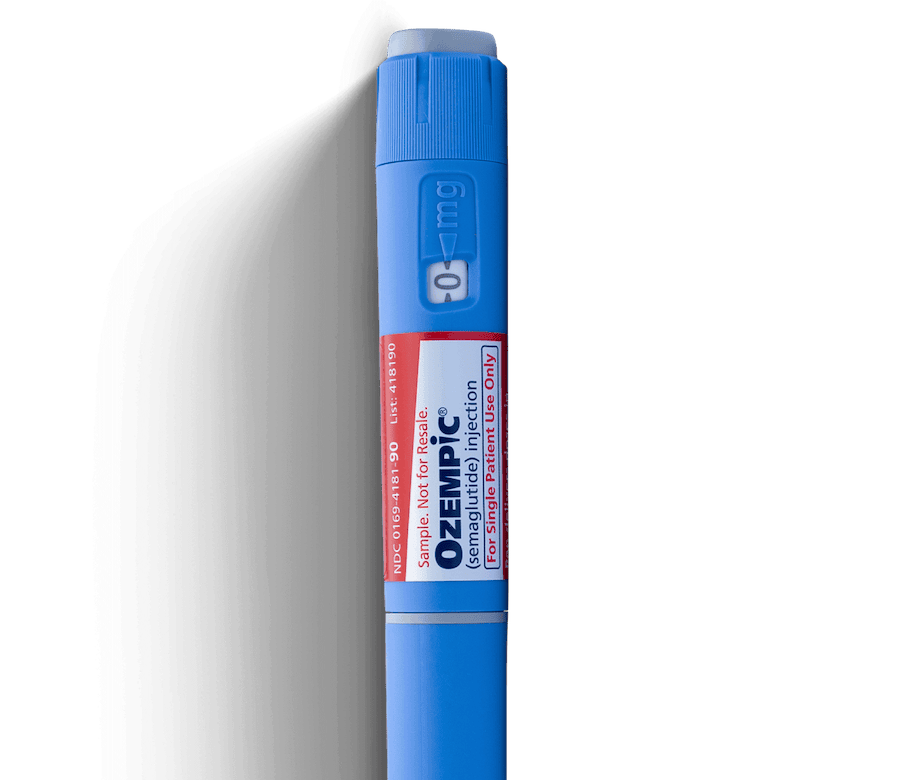


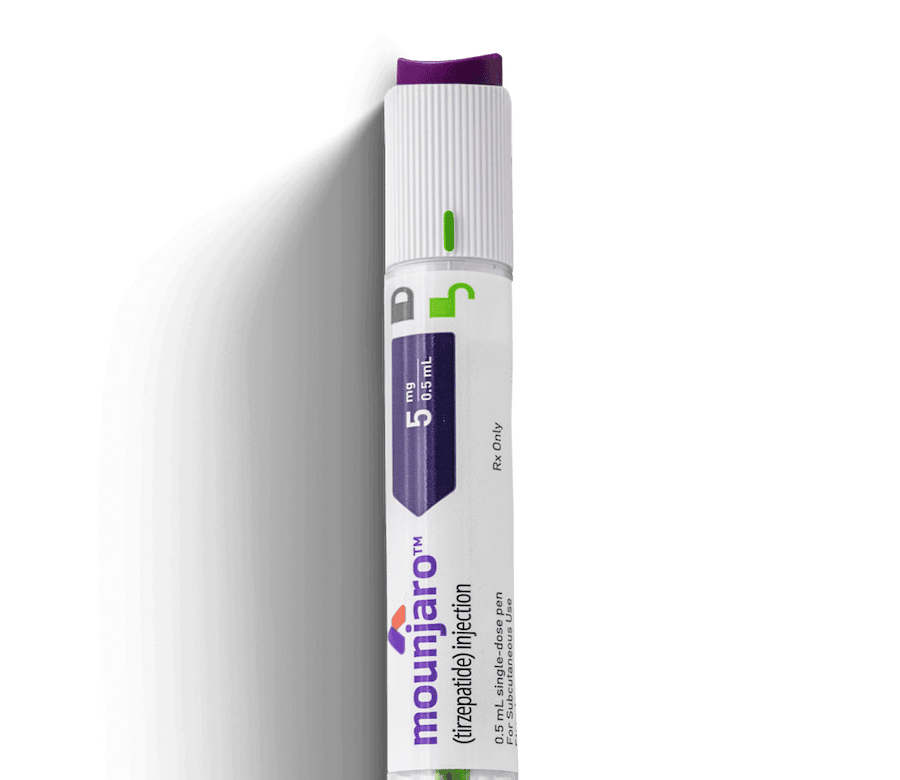
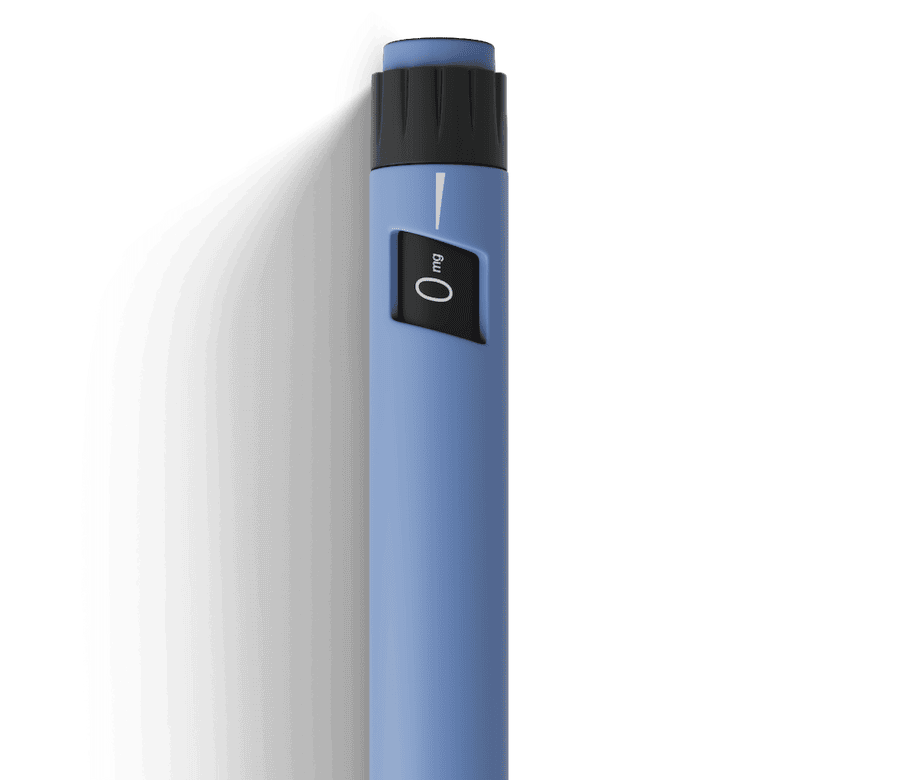












 Noom Team
Noom Team
 Melissa Kay
Melissa Kay


 Meaghan Cameron
Meaghan Cameron
